The trail provides an opportunity to observe birds in their natural habitats nestled in the rocks, meadows, water and agricultural fields. While the trail goes along the forest, you can view birds in their natural habitat.
Getic Fortress Butuceni Trail
Orheiul Vechi cultural-nature reserve
Orheiul Vechi reserve is a natural, cultural landmark of national significance in Moldova. It is located in the center of the country, along the Raut river’s gorge. It covers an area of 11k km2.
- The reserve is categorized as Category IV through the International Union for the Conservation of Nature (IUCN), for the protection of the reserves natural habitat.
- Due to its uniqueness, the Orheiul Vechi Archaeological Landscape is included in the UNESCO Indicative List.
- The reserve is part of the Orhei National Park.
- Home to about one-third of Moldova’s bird population, the reserve provides shelter for more than 100 species of birds.
Important information
- The trail is located in the Butuceni village. It is recommended for an easy hike, along the right bank of the Raut river and the Butuceni village.
- The trail runs along country roads and unpaved paths, use caution as there is a risk of slipping on loose rocks
- The trail includes crossing a wooden bridge over the Raut river and private property of the EcoResort Butuceni guest house. It is necessary to request permission from the EcoResort Butuceni.
- The wooden bridge is in good condition, but at times can be damaged by the swollen river. In this case, follow the trail only through the Butuceni village.
- This trail is exposed to the sun during summer, especially in the upper part, where there is almost no shade. It is necessary to equip yourself properly with sunglasses, a hat and sunblock.
- Public transport to Chisinau and Orhei is available from Piatra and Furceni villages. More details can be found on https://autogara.md
Tourist attractions of the route
- Assumption Monastery: stone church, dating back to 1904, carved into the Pestera cave, where the monks resided in the XVIth century. Accessible for visiting.
- Butuceni Archaeological Complex: settlement from the IX-II century BC, fortified area of the Traco-Geto-Dacian culture. Conserved.
- Traditional Moldovan Home: dating back to the XIX-XXth century, part of the Exhibition Center of the Orheiul Vechi Reserve. Accessible for visiting based on ticket availability at the main Exhibition Center (10 MDL per person).
The legend
Birds to see?
Around the rocks of Butuceni and Pestera areas:
Northern wheatear
Oenanthe oenantheThe species prefers rocky habitats, but it also nests in clay ravines, construction sites or ruins. It is a summer guest and can be seen during April-October.
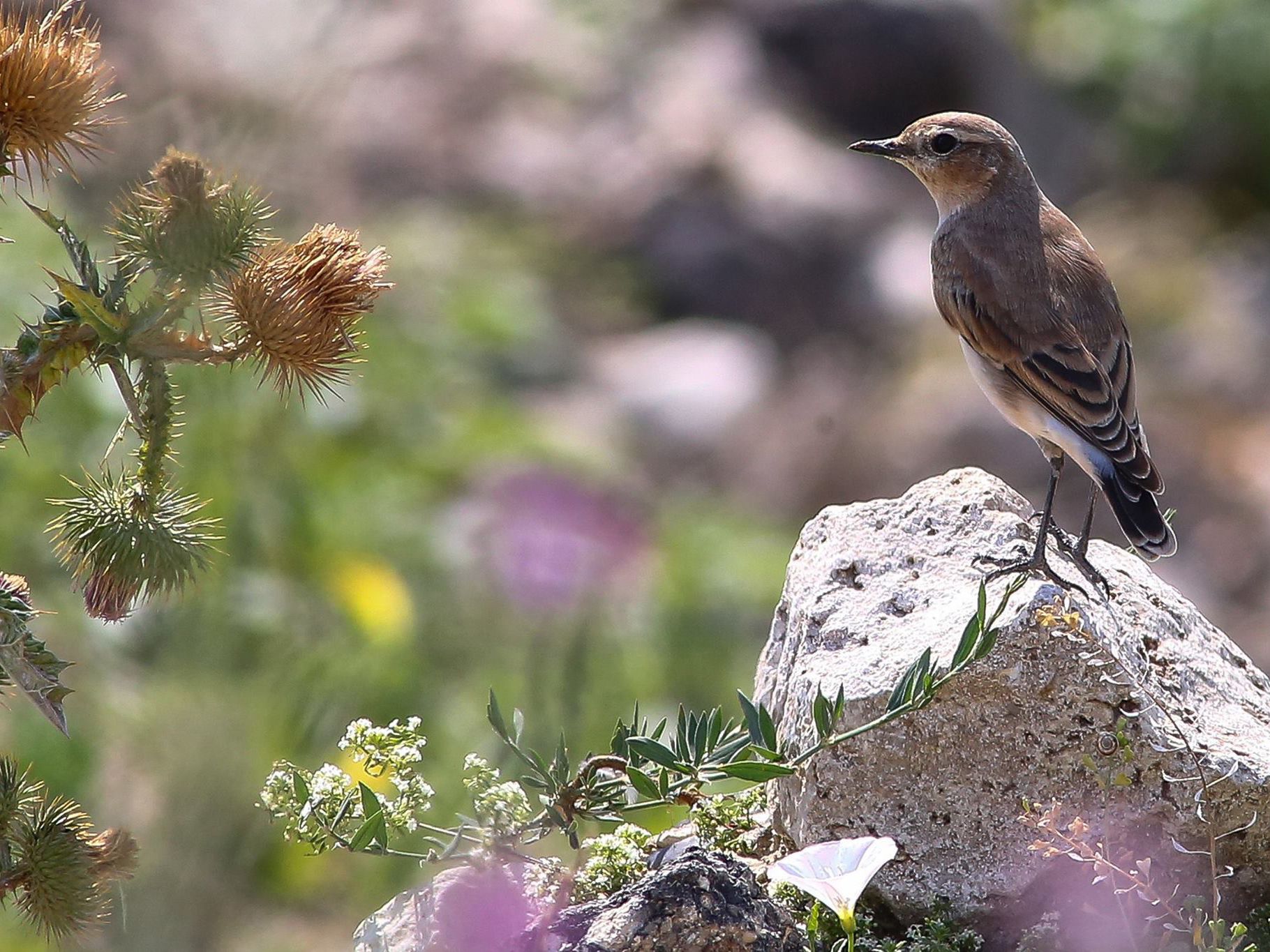
European bee-eater
Merops apiasterOccupies predominantly sunny slopes, clayey and sandy ravines, and sometimes the steep banks of lakes / rivers. The species is a summer visitor and can be seen from May to September
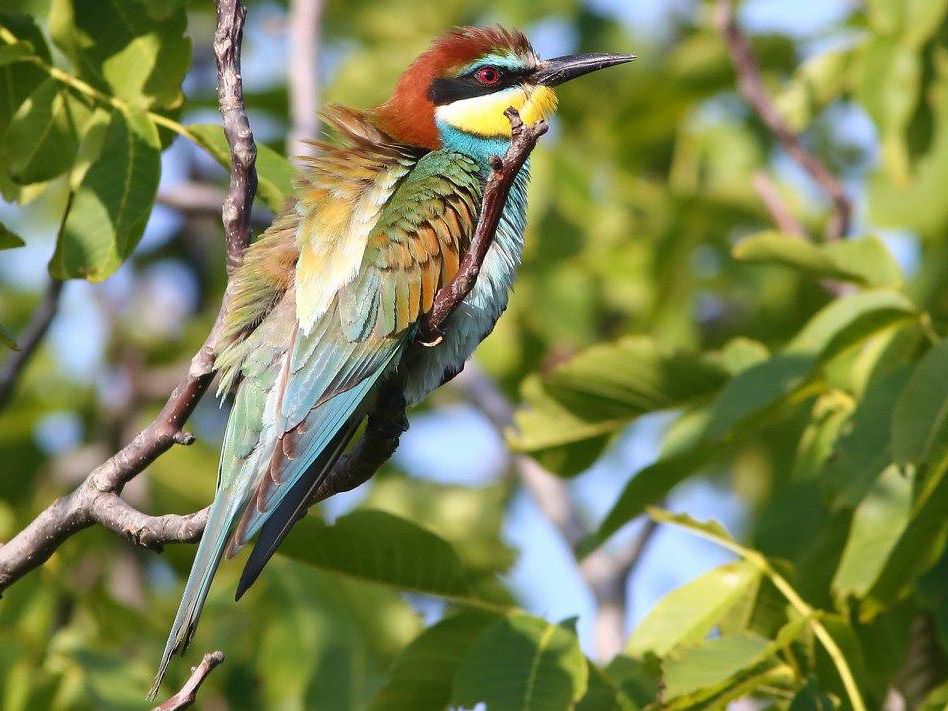
Common raven
Corvus coraxNests in habitats of deciduous or coniferous forests, but feeds in most types of habitats: meadows, farmlands, valleys, meadows, etc. It is a sedentary species that can be seen all year long.

In the Raut river meadow from the Butuceni and Pestera areas:
Red-backed shrike
Lanius collurioPreferă zonele agricole deschise cu tufişuri şi copaci izolaţi. Este oaspete de vară, putând fi văzut în perioada mai-septembrie.
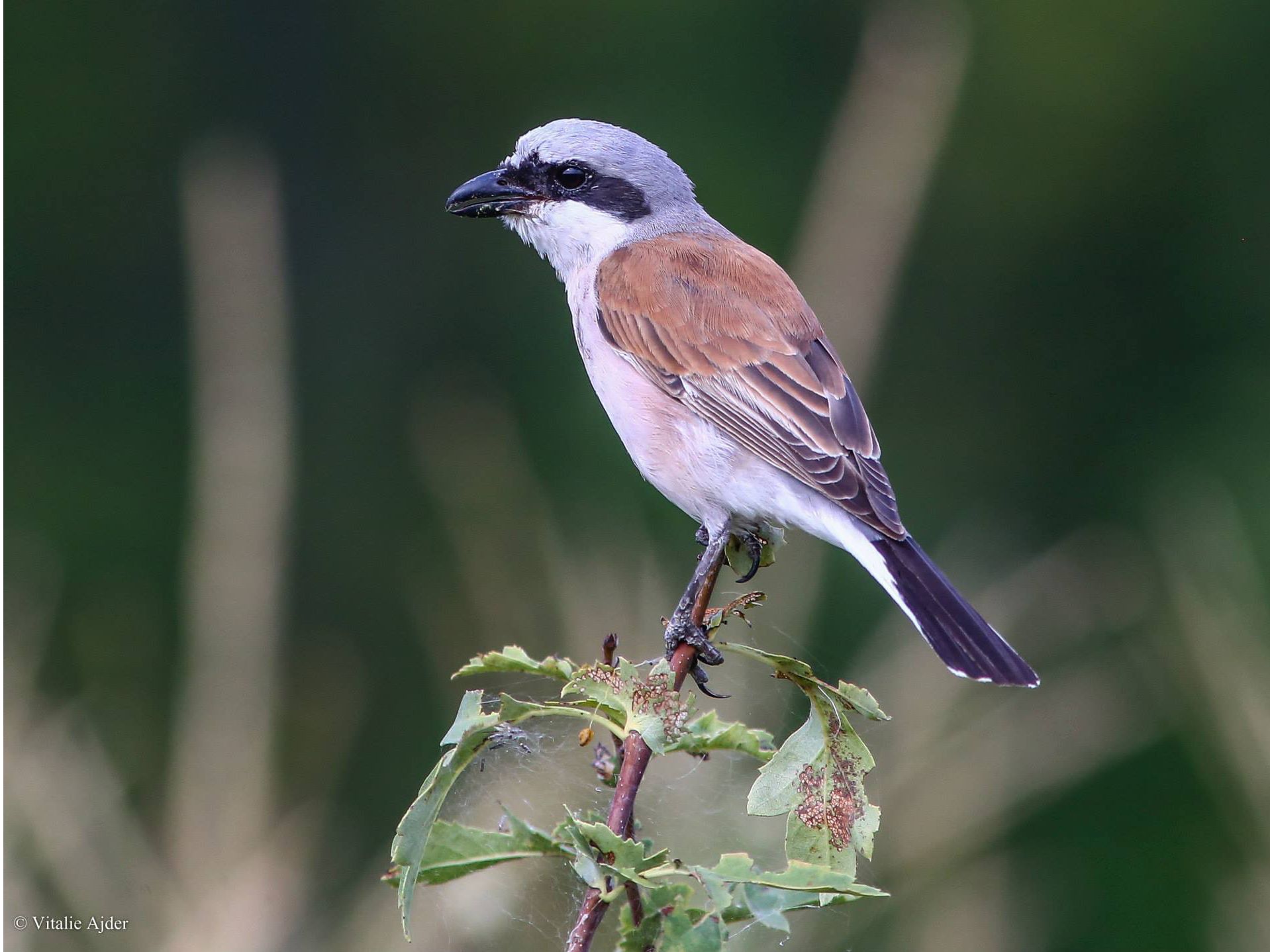
Tawny pipit
Anthus campestrisIs a species characteristic for open and arid, sandy areas with low vegetation. It also occurs in artificial areas, such as quarries, and at other times, areas with bushes and trees are preferred. It is a summer visitor, present in our country from April to September.
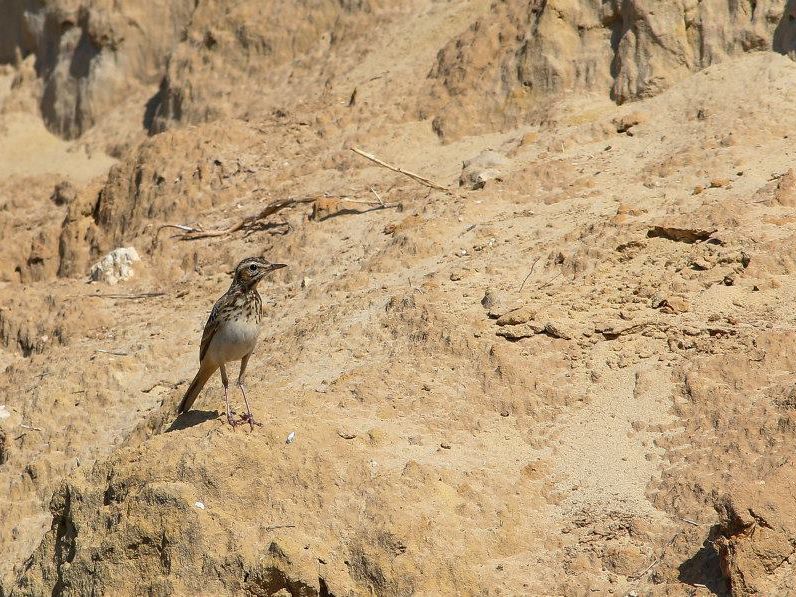
White wagtail
Motacilla albaPrefers habitats near water, but is also found in parks, gardens and farmlands, even in urban and rural areas. It is a summer visitor and can be seen during March-October.
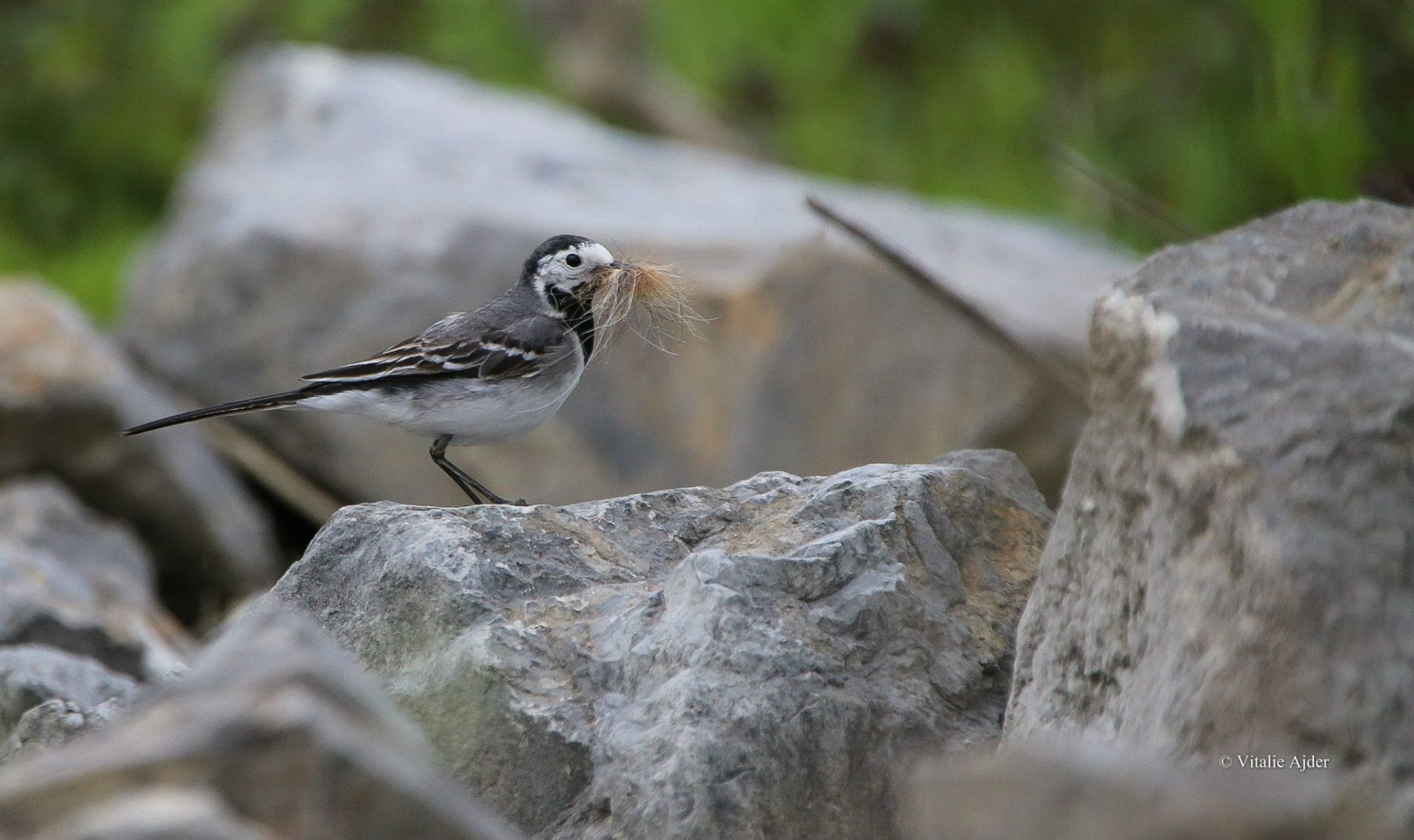
Common cuckoo
Cuculus canorusCan be found in a wide variety of habitats including forests, farmlands, reeds and wetlands, meadows and floodplains, etc. It is a summer visitor and can be seen during April-July.
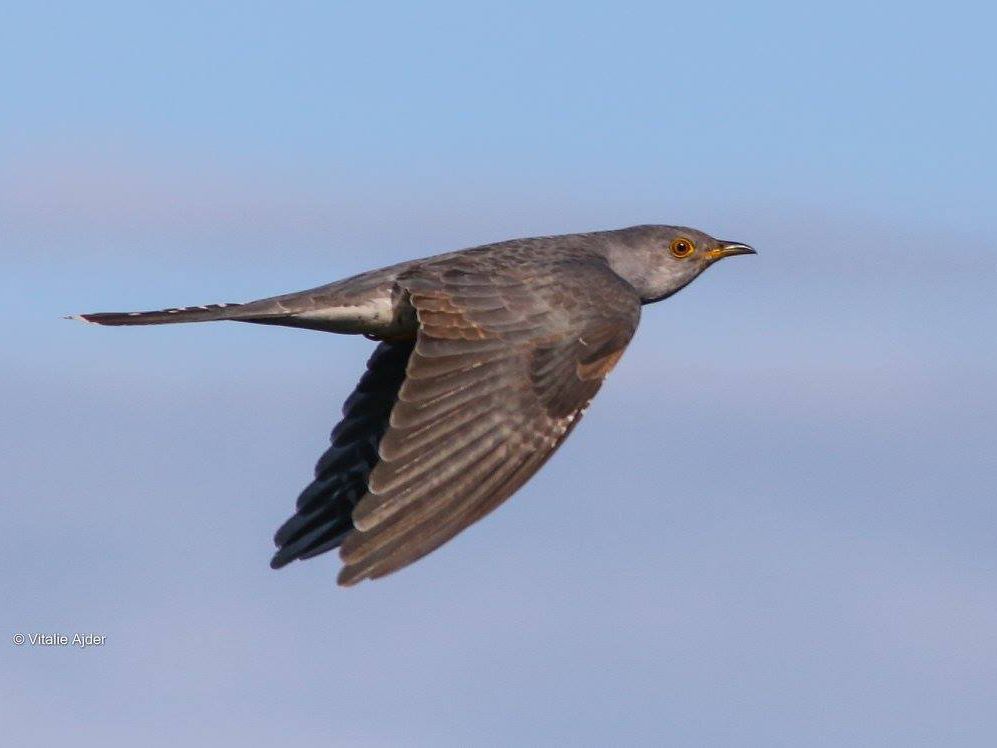
Common buzzard
Buteo buteoCan be found in hilly, rocky or plain forests, bordered by meadows or farmlands where it can hunt. Generally, it is a sedentary species that can be seen throughout the year, but some individuals may partially migrate to other regions.

Yellowhammer
Emberiza citrinellaNests in forests and hillside areas, but can also be found on farmlands or river meadows. As some flocks can migrate partially, the species can be seen here throughout the year.

European goldfinch
Carduelis carduelisThe species is found in parks, orchards, gardens, forest strips, usually in open habitats. It is sedentary and can be seen throughout the year.
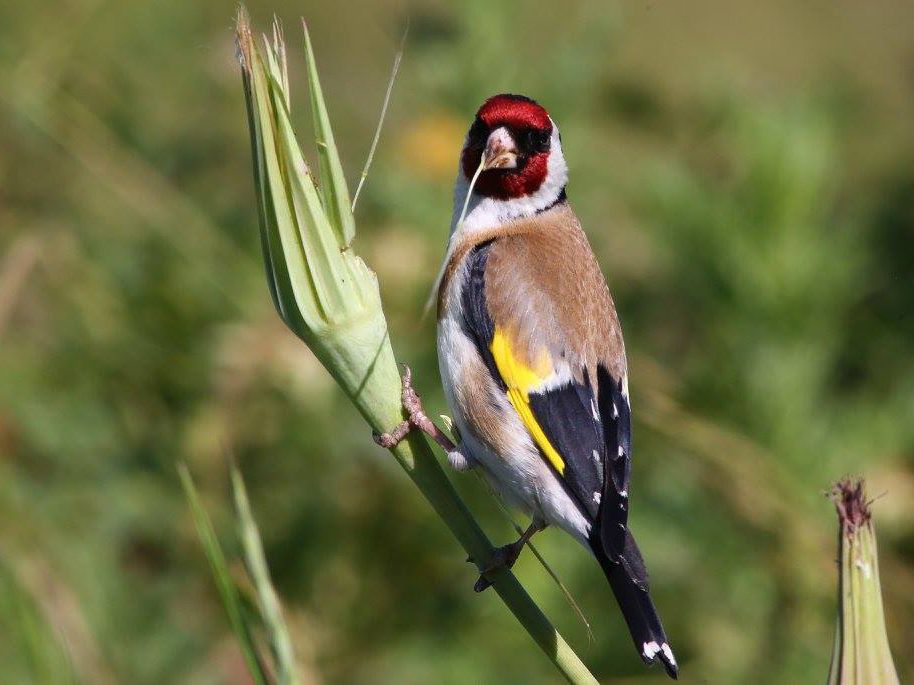
Along the Raut river:
Great reed-warbler
Acrocephalus arundinaceusA common species in aquatic and semi-aquatic habitats. It is a summer visitor and can be seen during April-August.
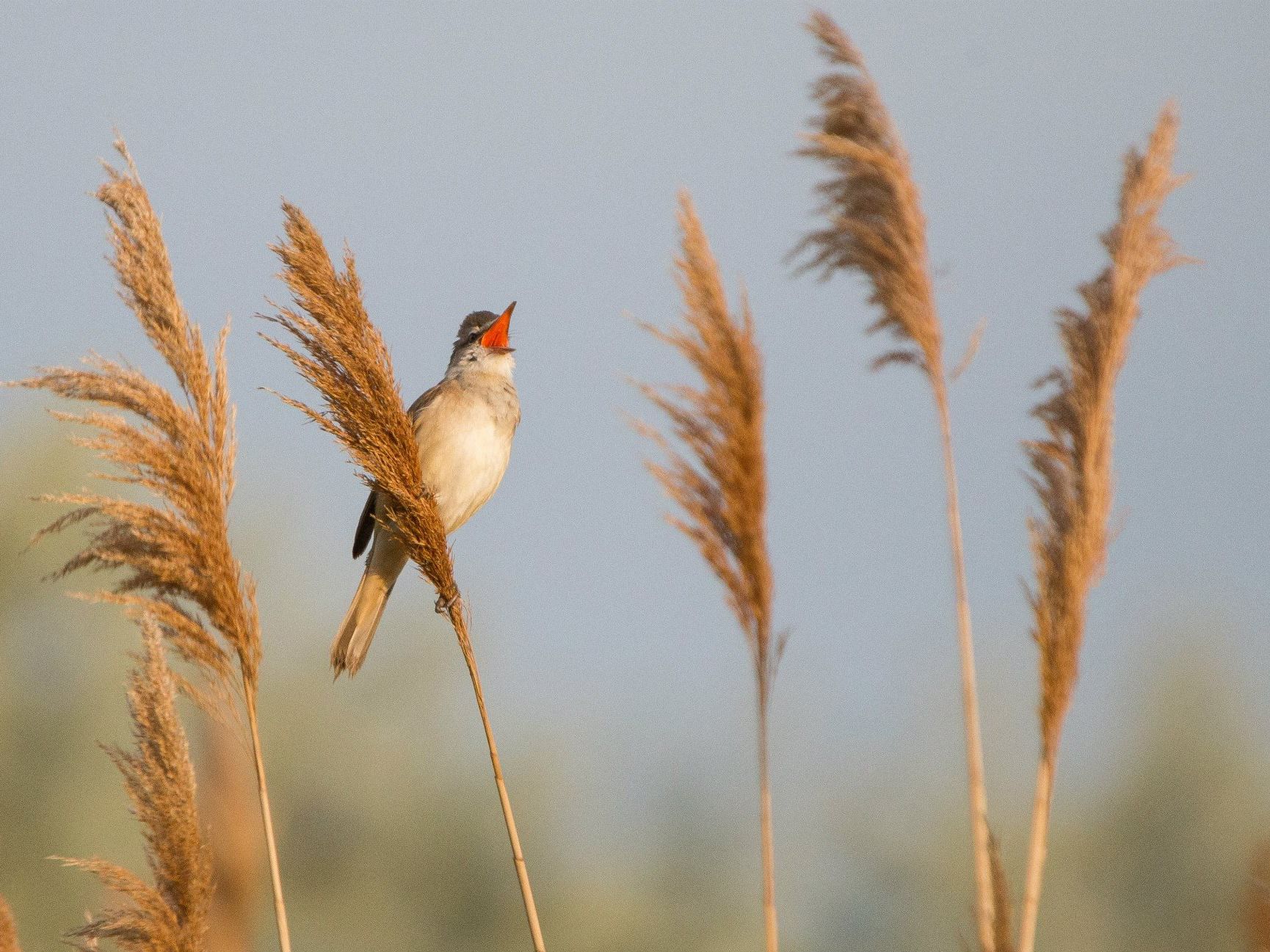
Grey heron
Ardea cinereaIs common for all types of wetlands: lakes, marshes, ponds, rivers. It is a summer visitor and can be seen from May to October.

Kingfisher
Alcedo atthisThe species is characteristic for rivers, canals, freshwater lakes. It is a summer guest and can be seen during March-November.
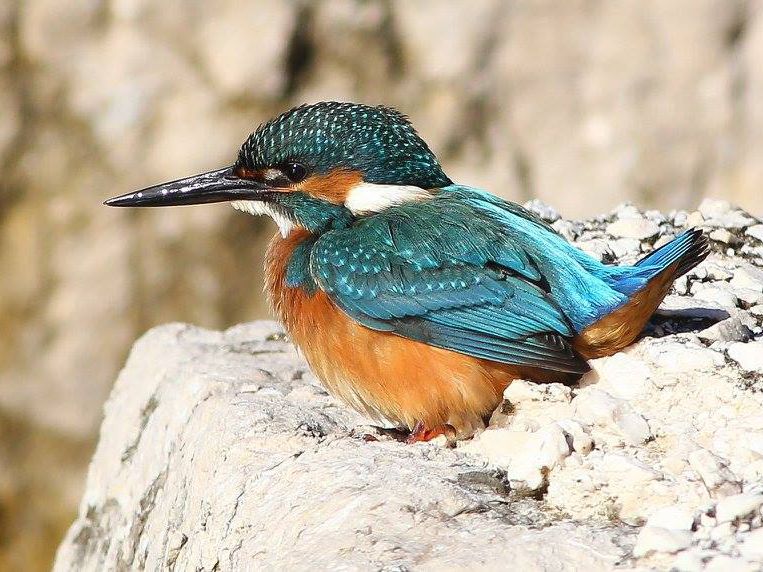
Eurasian moorhen
Gallinula chloropusIs a species found in most aquatic habitats: lakes, ponds, marshes or slow-flowing rivers. It is a summer guest and can be seen during March-November.

In the forest along the Raut river banks:
Great tit
Parus majorIs a species very common in parks, forests, forest strips, groups of trees, bushes or even isolated trees. It can be found in cities, villages, plains, meadows, etc. It's sedentary and can be seen all year.

Grey-headed woodpecker
Picus canusIt is found in wooded and mixed areas and forests around rivers and lakes. It is a common species in the parks of villages and towns. The species is sedentary and can be seen throughout the year.

Golden oriole
Oriolus oriolusPrefers forests, but can also be seen in parks or forest strips. It is a summer visitor and is present in Moldova from April to October.
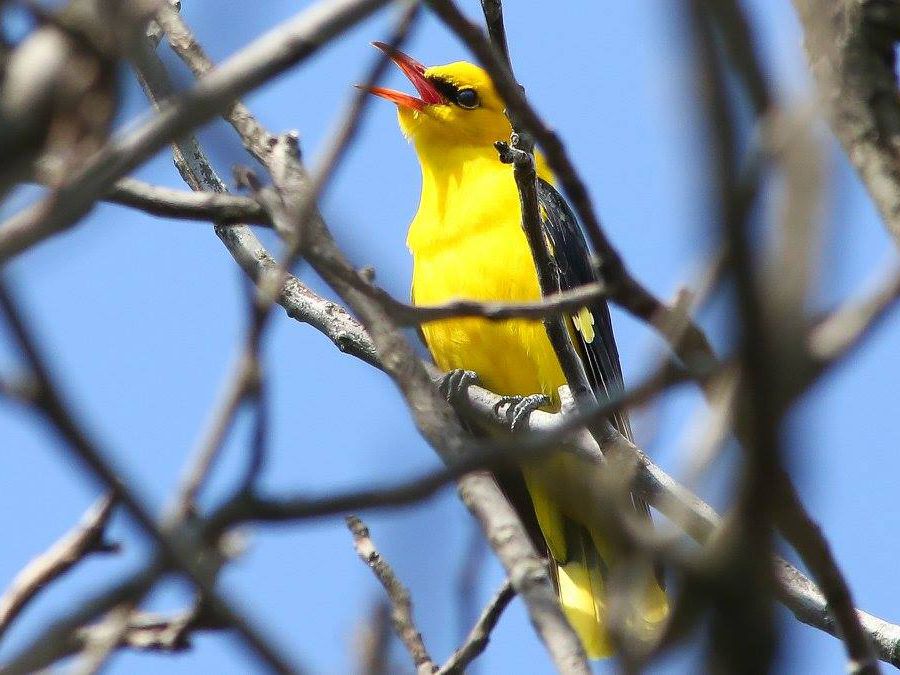
Thrush nightingale
Luscinia lusciniaIt can be heard in the woods with many bushes or in parks, generally in lowlands. The species is a summer visitor and can be observed from April to September.
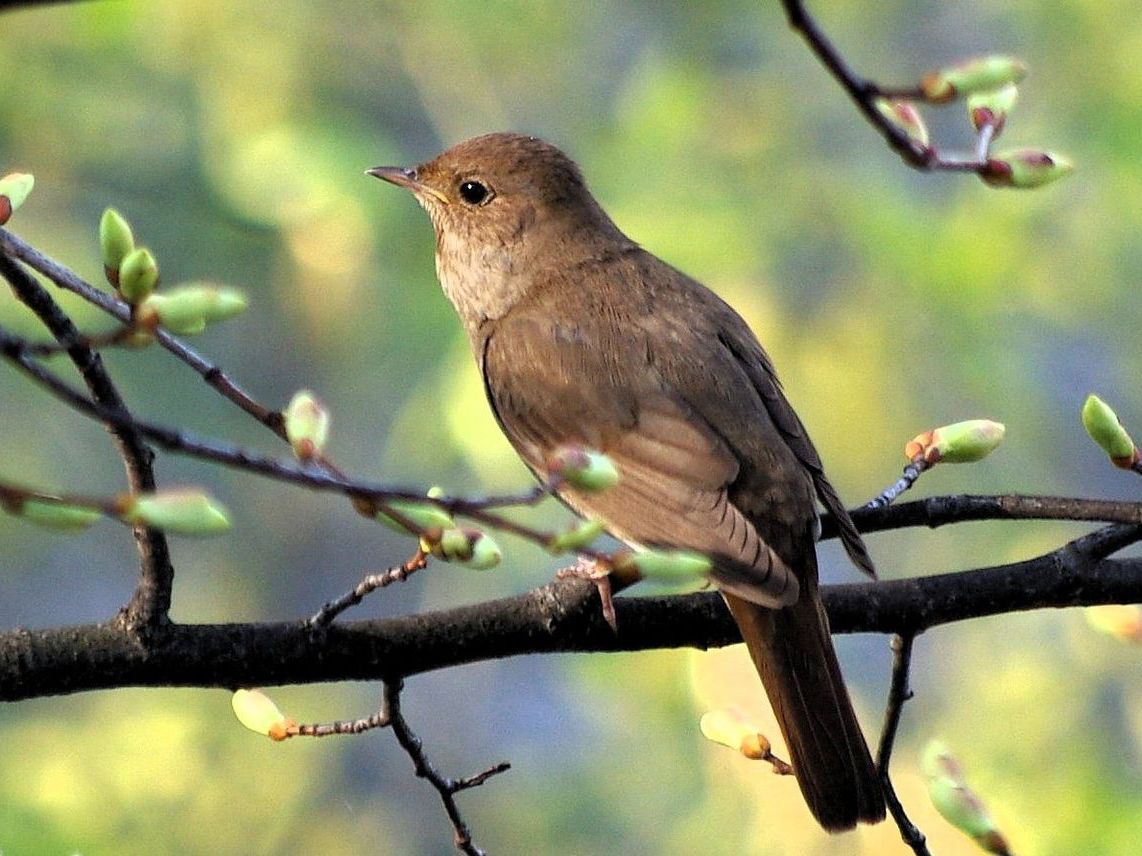
Syrian woodpecker
Dendrocopos syriacusIt is a species common in forests, parks, gardens, even isolated trees. It is sedentary and can be observed all year long.

In orchards, farmlands and gardens:
House sparrow
Passer domesticusPrefers anthropic habitats, usually rural and urban settlements, but also isolated buildings. It is a sedentary species that can be seen throughout the year.
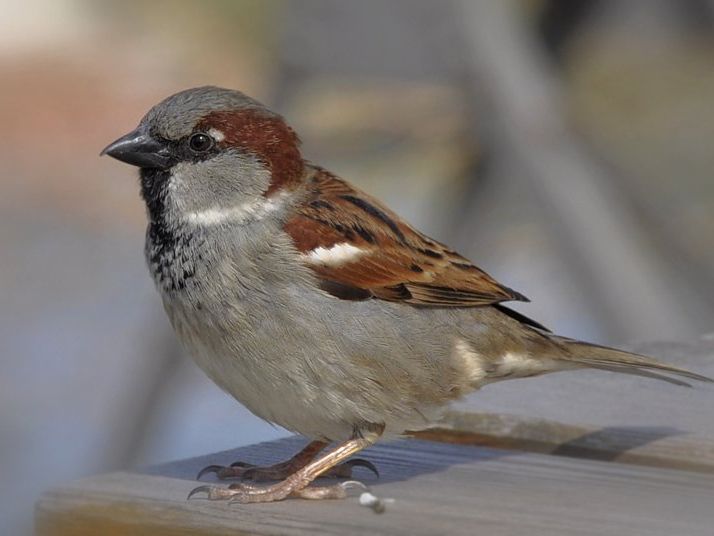
Eurasian tree sparrow
Passer montanusOccupies most habitats, especially the open ones: farmlands, meadows, pastures, gardens, and even rural / urban localities. It is a sedentary species that can be seen throughout the year.

Barn swallow
Hirundo rusticaParticularly prefers anthropic habitats, such as towns and villages. It can also be found around isolated buildings. It is a summer guest and can be seen during March-October.
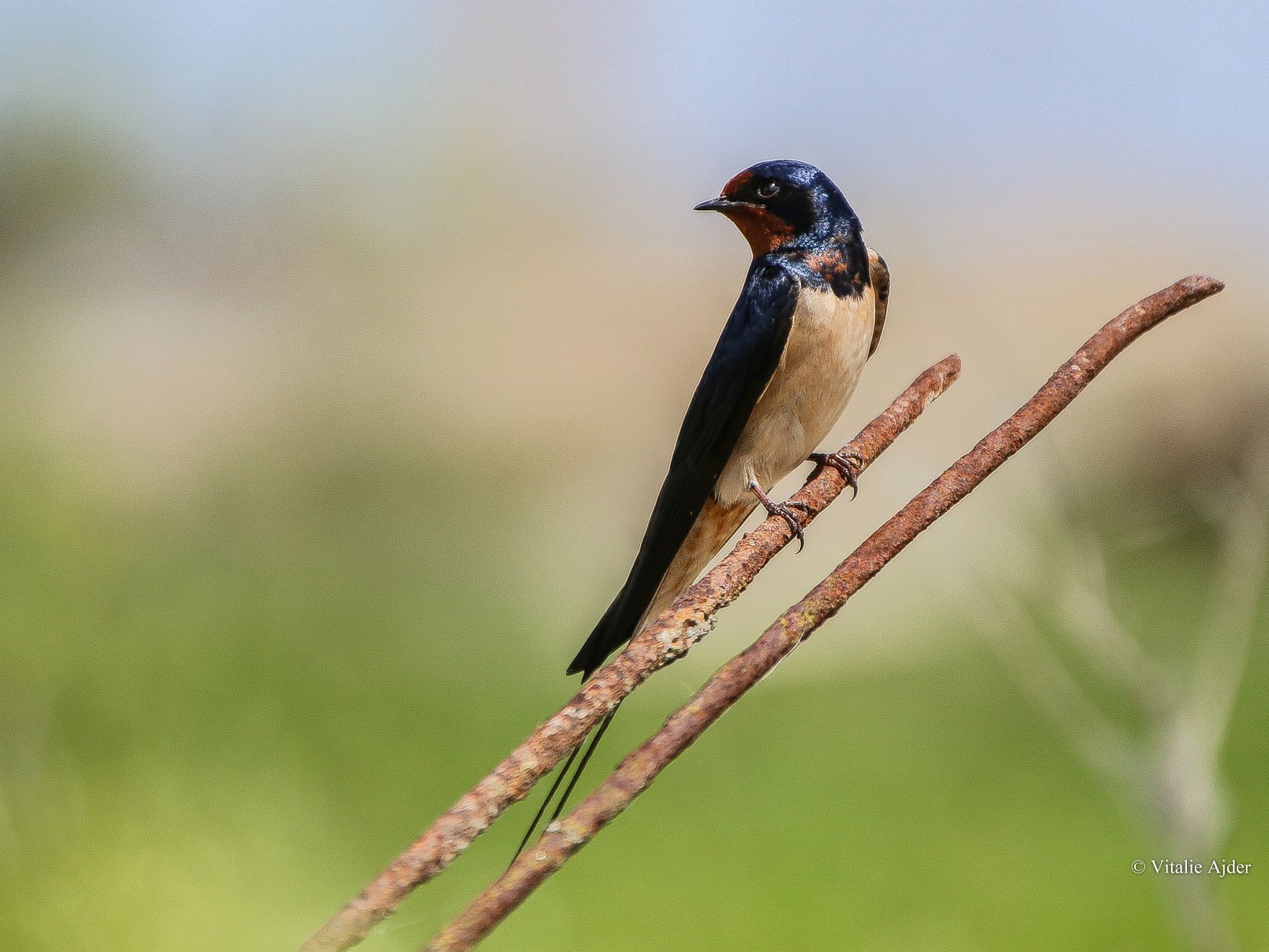
House martin
Delichon urbicaPrefers anthropic habitats, mostly rural localities. It is a summer guest and can be seen during April-October.

Eurasian collared dove
Streptopelia decaoctoIs a species found in rural areas. It is a sedentary species which can be seen throughout the year.
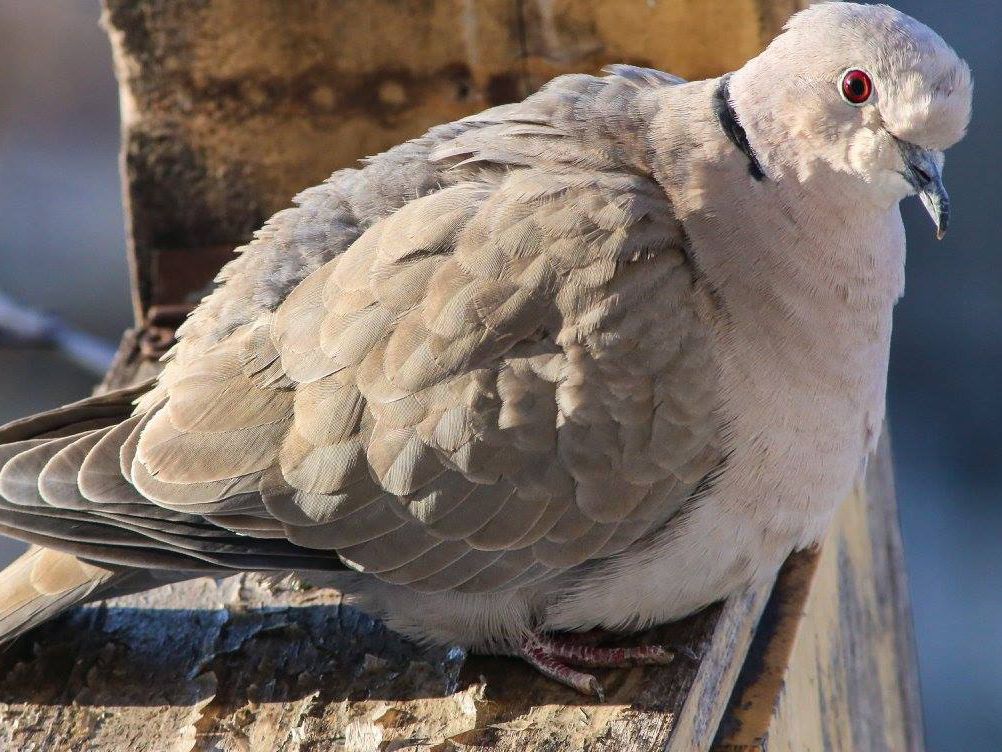
Rook
Corvus frugilegusOpts for agricultural habitats, with groups of deciduous trees, mostly poplars or rich canopy trees where big flocks can install their colonies. It is a sedentary species that can be seen throughout the year.
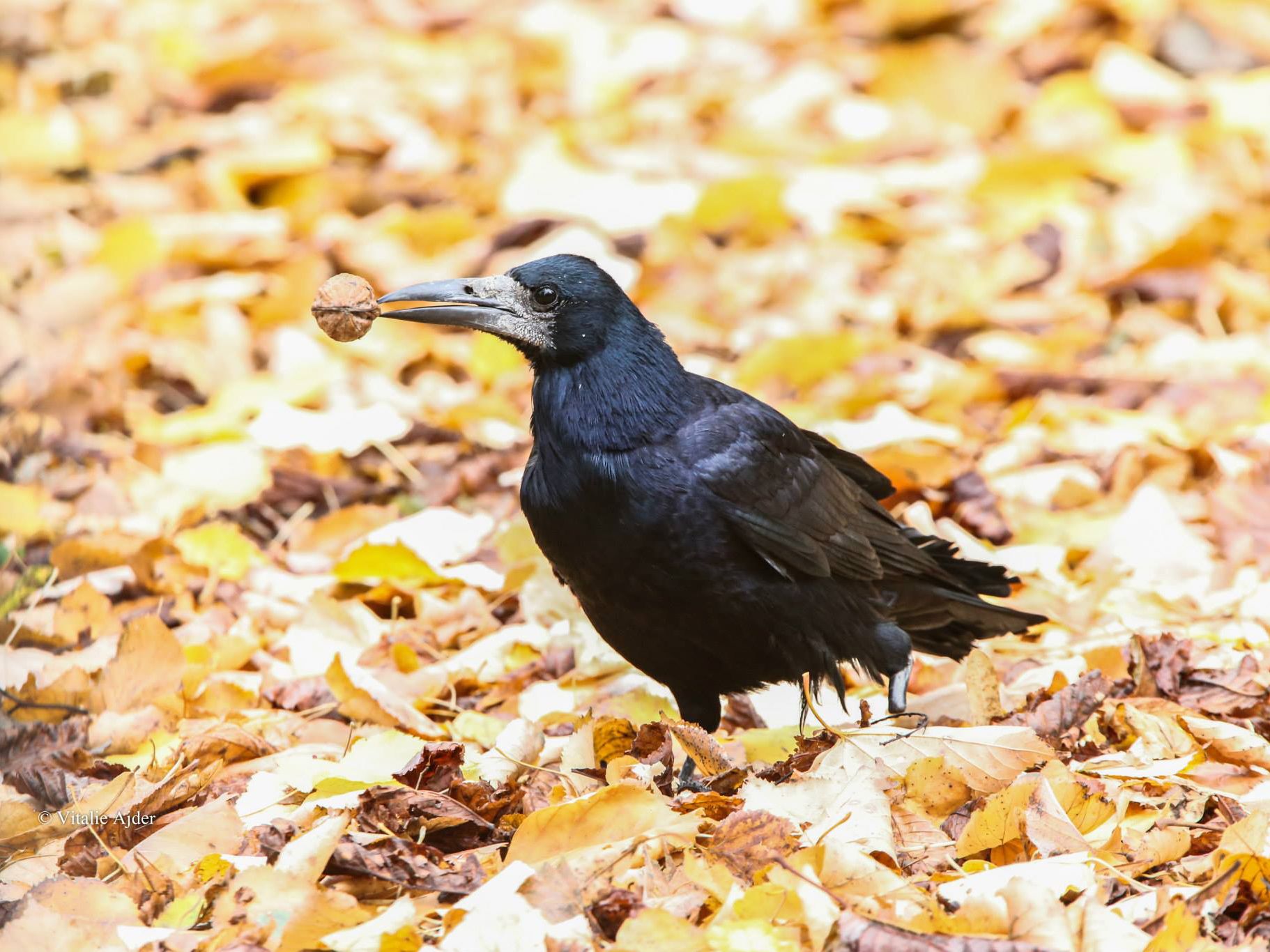
Corn bunting
Emberiza calandraIs a common bird in the open and plain habitats or hilly areas. Generally, it is a sedentary species that can be seen throughout the year, but some flocks can partially migrate to other regions.
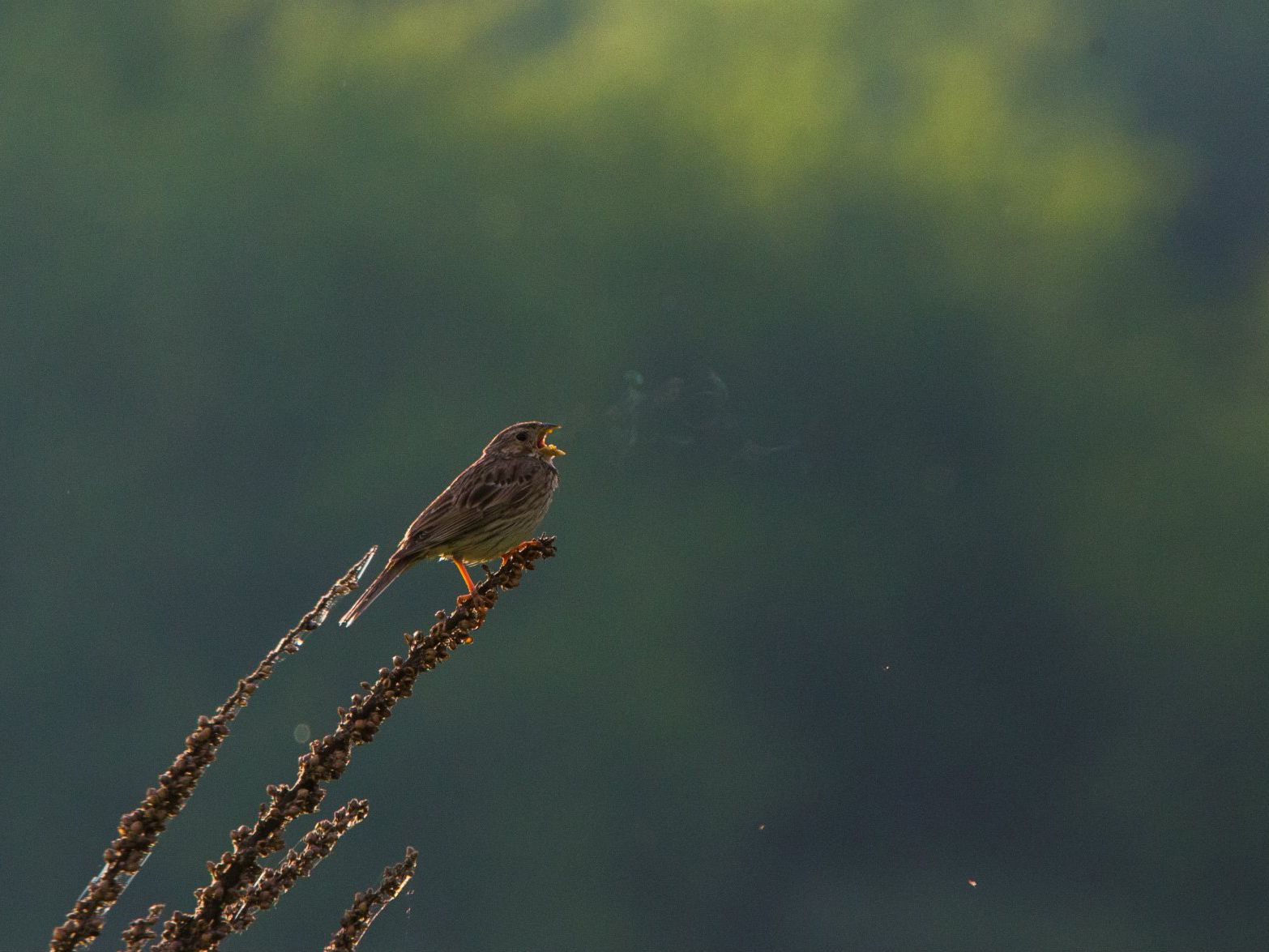
Eurasian hoopoe
Upupa epopsPrefers plain habitats, with rocky elements or ravines / slopes where it can nest. It is a summer visitor and can be seen during April-October.
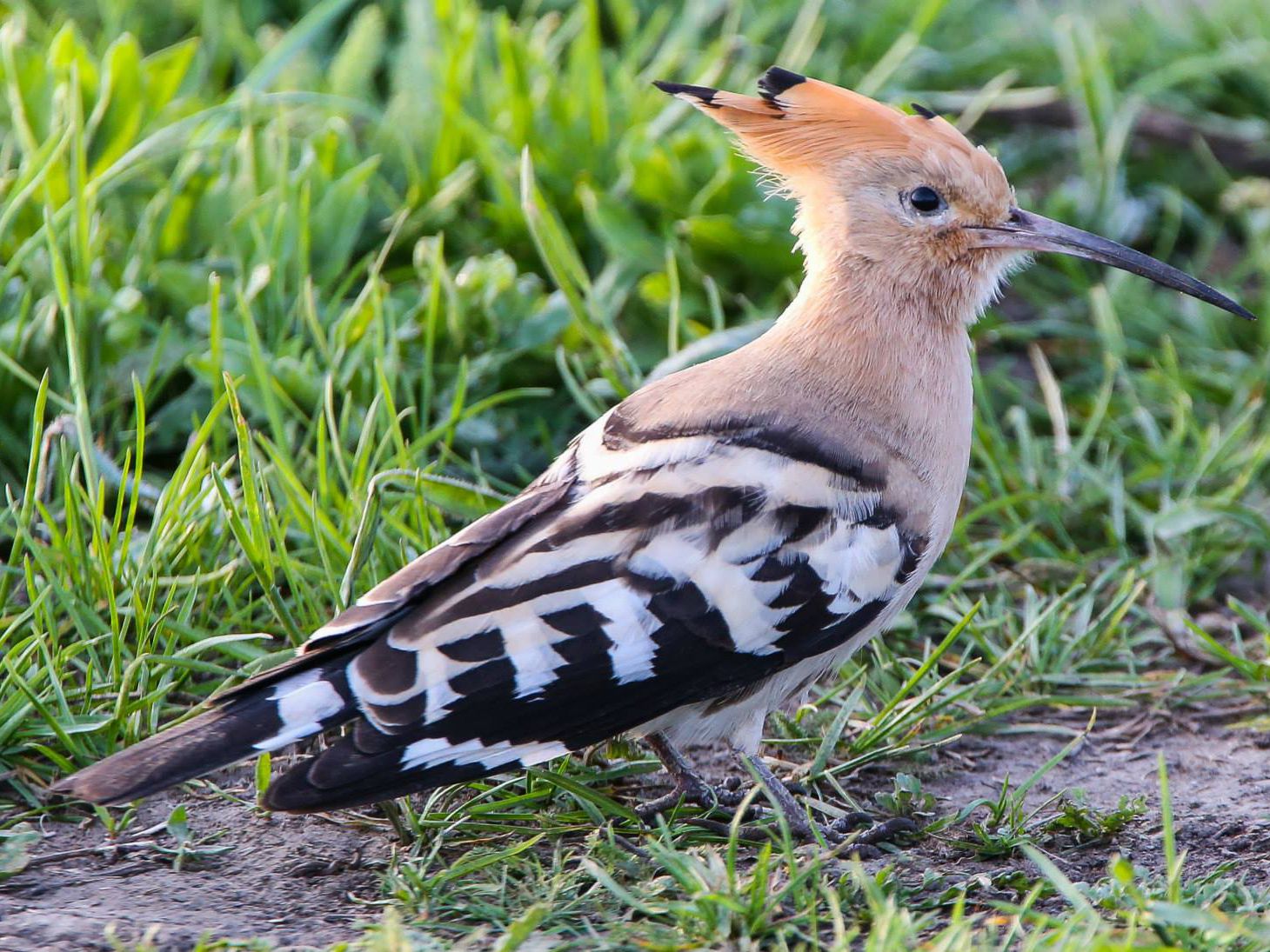
Magpie
Pica picaOccurs especially in lawlands and hills, in a wide variety of open regions, especially those with solitary trees, bushes, groups of trees or forests. In anthropic habitats the species prefers mixed farmlands, grasslands, parks and gardens, with hedges and small groups of trees. It is a sedentary species that can be seen throughout the year.

Starling
Sturnus vulgarisIt is a species found in many habitats: settlements, parks, forests, open areas with groups of trees, river meadows or rocks. Generally, it is a partially migratory species, as some flocks can move to other regions to feed while others remain during the winter in our country.
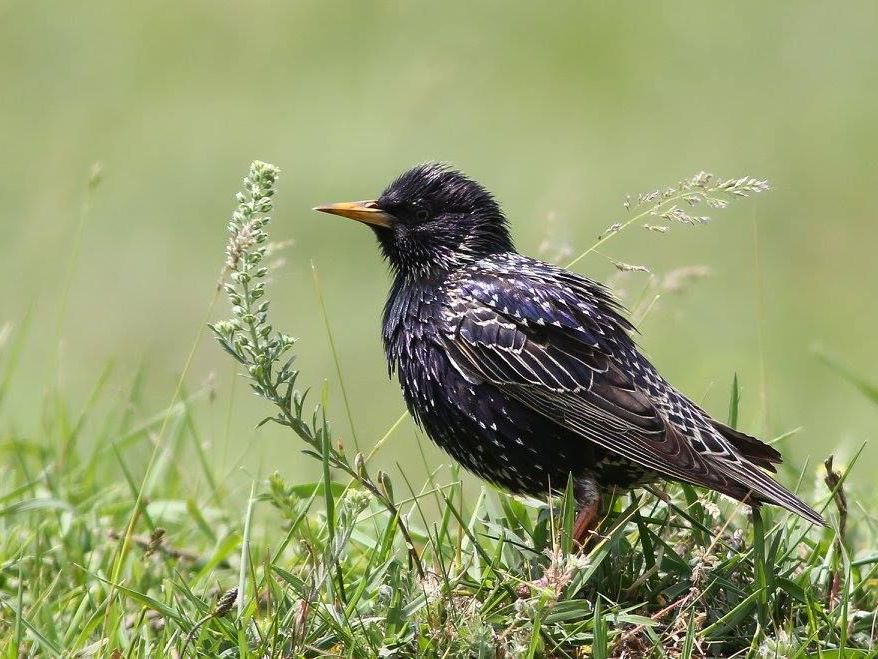
Recommendations
The following gear is recommended for use while on the trail:
- Cap or bandana in the warm seasons
- Hat and gloves in the cold season
- Loose and comfortable clothes; dressing in layers is recommended: shirt, blouse, sweater, vest, jacket, depending on the season
- Long hiking pants
- Waterproof clothing
- Field shoes (hiking boots or hiking sandals, depending on the season)
- Backpack
- Water
- Sunglasses
- Sunblock
Equipment
- Binoculars. Orheiul Vechi Reserve, as well as the Butuceni and Trebujeni village guest houses have binoculars for rent. Contact the reception desk for details.
- Riflescope.
Other recommendations
Rules
When birdwatching, we should follow several rules:
These rules are at the cornerstone of birdwatching and are aimed at both beginners and advanced birdwatchers. Observance of these rules is primarily about the respect for the nature, wildlife and the rights of other beings. We assure you that you will be more successful in your birdwatching if you will abide by them!
- The safety of wild fowl comes first, therefore we cannot behave in a way that would scare them away or endanger their lives:
- do not follow them
- do not get too close to them or their resting place
- do not stay too long near their nests and do not bother the clucking birds or birds with hatchlings in no way
- do not listen to music at full volume
- do not yell
- do not make chasing away gestures
- do not try to catch them to make photos or to have a better look at them
- The habitat is the home of wild animals; hence we should not damage or pollute the place where we birdwatch. The following are strictly prohibited:
- Littering on the route
- Cutting down trees
- Dislodging rocks
- Taking any object as a memento
- Smoking or drinking alcoholic beverages
- Any other behavior that will lead to the damaging of the habitat following your visit.
- Respect the privacy and property rights of the local people, therefore do not use your binoculars to look into people’s courtyards and houses, do not divert from the marked route and focus only on the things you are interested in.